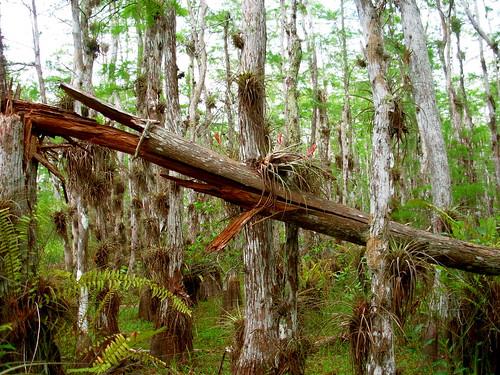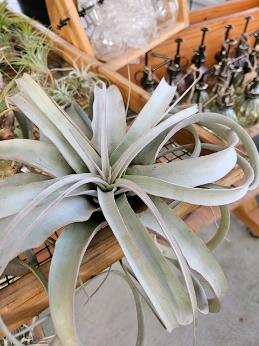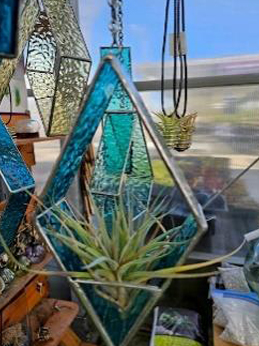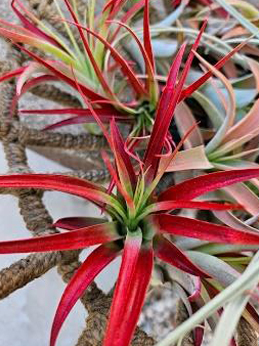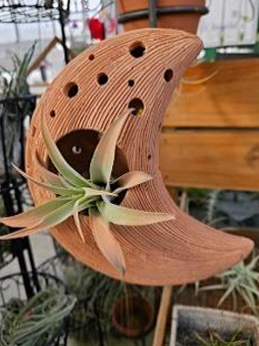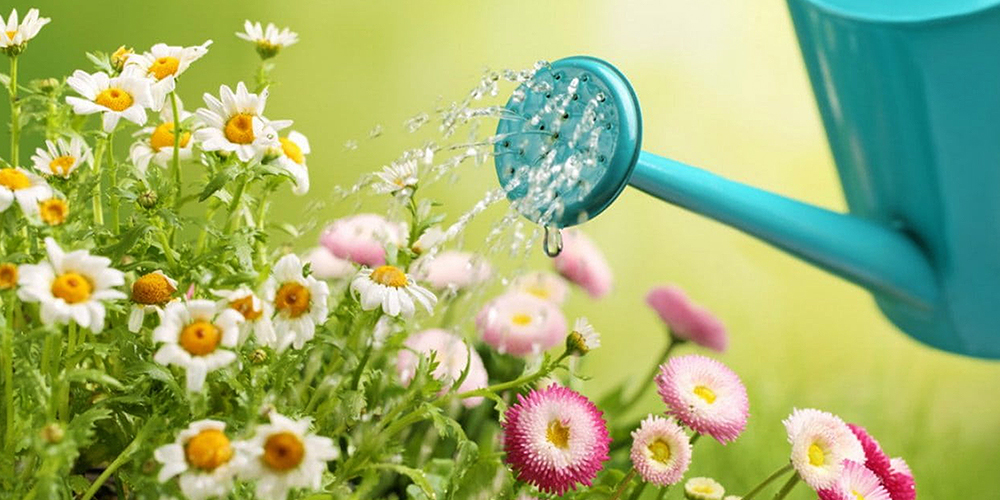
By Kathy Torres
Summer officially arrives June 20th and we better be ready for some heat. Maybe not too much right-away, but it’s coming! Temperatures will typically hang in the 80’s and 90’s with a possible rise into the 100’s here in the Midlands of South Carolina. Add high humidity and it makes for a very hot summer. June is usually not too bad, but July and August will test your endurance, especially when we have a “wave” of higher than normal temperatures. For humans, a South Carolina summer can be a challenge. With typical periods of drought that often occur during the summer and into September, combined with the extreme heat and humidity, plants will certainly suffer without proper care.
While heat stroke, wildfires, etc. are much more serious, even catastrophic issues caused by extreme heat and drought, plants in the landscape are an investment in a home that we don’t want to lose. While they represent a lesser priority, keeping them alive is important. By paying attention and providing sufficient water, the work that was put in and the money spent won’t be wasted.
Having some understanding of plant science may help you to understand what happens during a heat/drought wave. Small pores (stomata) help to regulate the amount and distribution of water that is absorbed by a plant, affecting metabolism and ability to grow. Water is absorbed through the roots, traveling upward by capillaries, similar to a pumping heart. Typically at night when it’s cooler, the stomata open to regulate the plant’s temperature and reduce water loss. During periods of extreme heat and drought the stomata close, stopping the movement of water through the plant and eliminating the cooling mechanism.
Providing adequate water is the key to helping plants through the heat and drought often experienced during the summer months. Automatic irrigation is great, however, there is no “one size fits all” for lawns, shrubs, flower beds, etc. It takes some planning to provide the appropriate amount of water for each plant specimen in the landscape. The depth of roots is a key factor in determining the amount of water and length of time necessary to water adequately. Automatic irrigation is ideal for lawns as it can provide water for a large area in a short period of time. Also, roots are shallow and do not require deep penetration. About an inch a week will usually take care of most southern grasses. Drip lines work well for shrubs and trees that need to be watered more deeply, by distributing it slowly and in a smaller quantity, so that it seeps into the ground, rather than running off. Note: It’s better to water less often and more deeply, than frequent, shallow watering. This will keep roots from moving upward to the ground surface in search of water. Individual watering lines for hanging baskets and container gardens are a time saver (versus watering by hand), however it can be tricky because some plants require more and some require less water. When hand-watering, it’s best to use a watering wand with a “shower” feature. Water, let it soak in, then water again to make sure you are soaking the roots. This method of watering is called “Cycle and Soak” and can be used to water deep rooted plants, whether in the ground or in a container.
Soil type is a significant factor in determining how much water is needed in hot, dry weather. In the Midlands, typically soil is composed of sand or clay. Clay is dense, holding water, and sand allows water to flow through quickly. It is important not to overwater shrubs and trees in clay soil, as the roots may rot. Sandy soil is the opposite; the “Cycle and Soak” method is best in sand. Regardless of what soil type you have, it is advisable to let roots dry out between waterings under normal climate conditions. During a heat wave or drought or both, drying out happens very quickly and plants can be damaged. It’s challenging to water appropriately during these extreme circumstances, so try to check soil dampness if you can. By digging a small hole in the surrounding soil with your finger or a small trowel, you may be able to feel the dampness. Another way is to insert a metal rod into the soil. When the soil becomes hard and the rod will not go further down, it is likely too dry. The size of the plant should help you determine whether or not water is getting down deep enough.
Sunshine is the other critical factor to consider when keeping plants sufficiently watered in the severe heat. If you notice the grass looking pale, or a footprint or crunching results from walking on it, you may need to increase watering. Either add an extra day or increase the length of time you are watering. Most lawns will survive, but will not look green and healthy if lacking water. Plants in full sun (all day long) will need more water than plants in part sun or shade. Established shrubs and trees, especially those in full sun, that you may not usually water during most of the summer, may need attention if blooms or leaves are wilting or leaves are turning yellow, curling up or turning brown, you may need to provide water to help them through. For newly planted shrubs and trees, it is likely that extra (deep) watering will be necessary to get them through the months of extreme heat and drought. A trick for newly planted trees is to place a 5-gallon bucket of water with a tiny hole in the bottom next to the tree trunk. The water will slowly seep into the ground. Gator bags are also available for purchase to slowly water trees as needed. For annuals and perennials in full sun, daily (or even twice daily) watering may be necessary, especially if planted in pots. Keep an eye on the soil dampness on top and beneath and water as needed. Be careful not to overwater – it is easy to do. Plants receiving more shade during the day will not dry out quite as fast, but on the hottest days, may require more water than usual. Check the soil dampness and also look for wilting or changes in the leaves.
Another way to tell that plants are suffering in the heat and drought is if they are not growing. If new growth is not appearing, the plant may be stifled by the high temperatures and lack of sufficient water. In a vegetable garden, you may see blooms drop or fruit drop before it has matured. The plant may discard fruit in order to survive. Adding a tent made of shade cloth, or an umbrella that keeps the sun off during the hottest part of the day, may help your vegetable garden if it is struggling.
Something to consider to be prepared for extremely hot weather is to incorporate plants that are built to take it, like native or sun-loving, drought tolerant plants. Tropicals are great because they love hot, humid weather, (although they are considered annuals because they typically do not survive the winter). Avoid new planting during these extremely hot and dry periods. Success is more unlikely during these conditions.
There’s still a little time to plant before the brutally hot weather arrives. For suggestions, check out these websites for heat and drought tolerant plants:
Proven Winners Bob Villa Clemson Southern Living Plant Native
Mulching around trees and plant beds is another way to help plants through the summer heat by slowing evaporation in the soil and moderating the soil temperature. Ground cloth can be placed underneath to slow weed growth (weeds will also take up the water), just remember not to use plastic. Water will not penetrate plastic!
The best place to be when the HOT and DRY temperatures hit is the beach, under a palm tree, with an ocean breeze blowing by… or in a pool… or inside with the AC blasting and a good book or Netflix series to entertain you. Wishing you one or all of these experiences this summer. But don’t forget about your plants! If you go away, make sure a friend or neighbor takes care of watering for you. While you’re home, keep an eye on your plants and give them the water they need. Oh yes, and pray for rain!

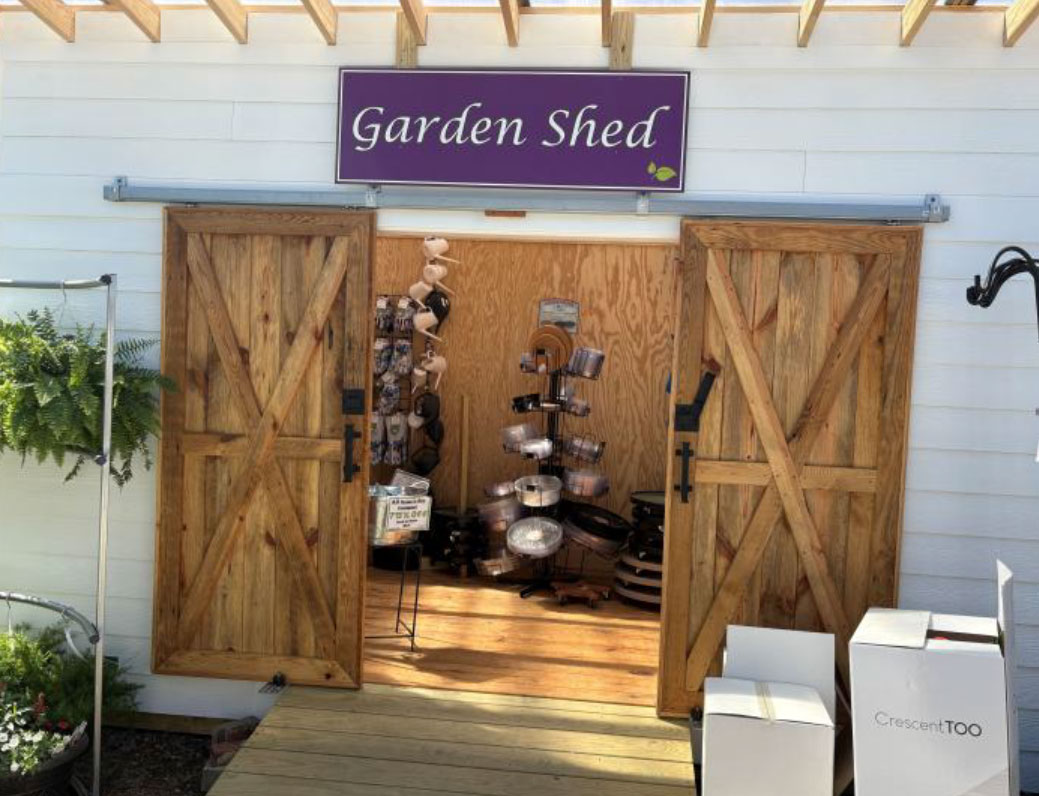
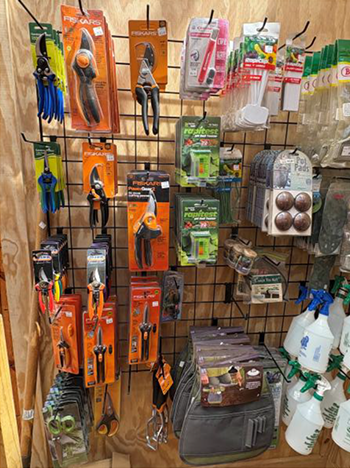
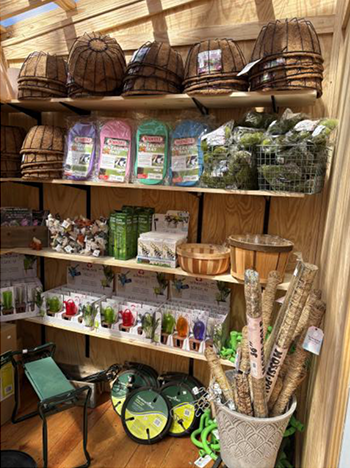

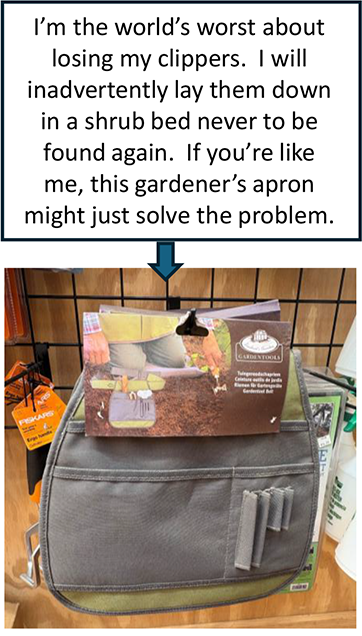
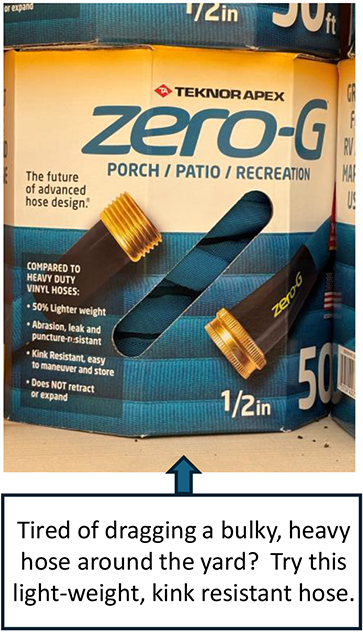
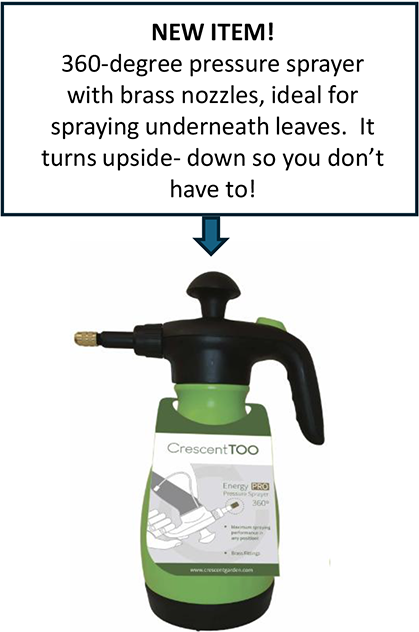
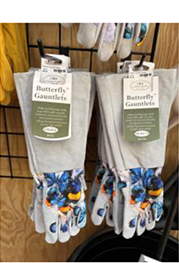
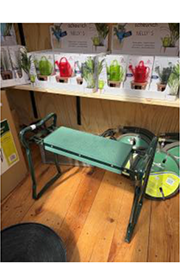
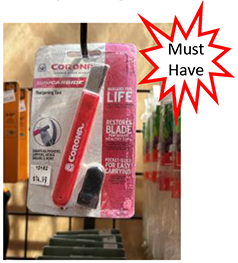
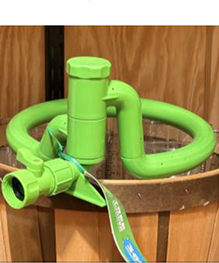
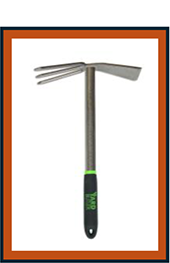
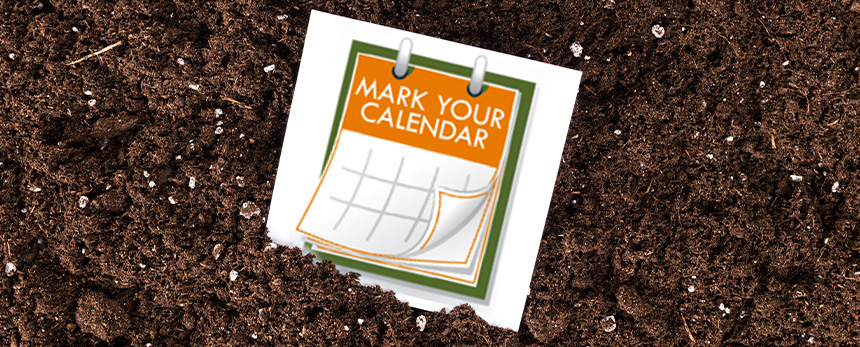
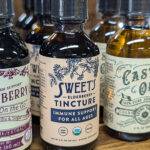
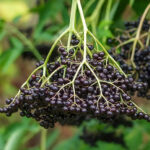
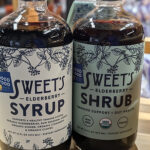
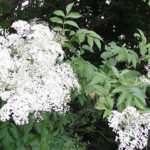


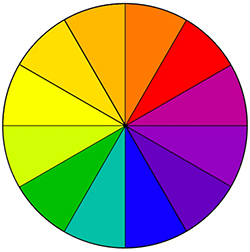 Interior décor is absolutely a result of the designer or owner’s personal taste in terms of color, however, to achieve interest, balance, warmth, drama, etc., using complimentary color combinations or various tones of the same basic color are necessary to create a visual that is pleasing to the eye. Typically, contrast or complimentary colors come into play through wall and trim colors, or accompanying linens, accent pieces and art.
Interior décor is absolutely a result of the designer or owner’s personal taste in terms of color, however, to achieve interest, balance, warmth, drama, etc., using complimentary color combinations or various tones of the same basic color are necessary to create a visual that is pleasing to the eye. Typically, contrast or complimentary colors come into play through wall and trim colors, or accompanying linens, accent pieces and art. 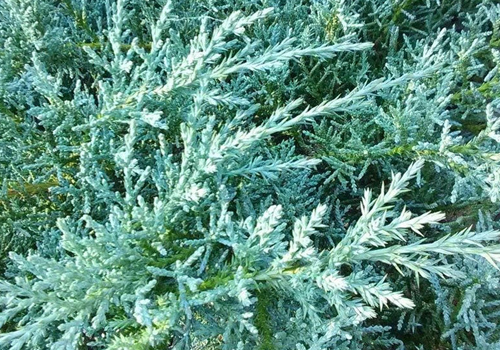 Angelica Blue Juniper
Angelica Blue Juniper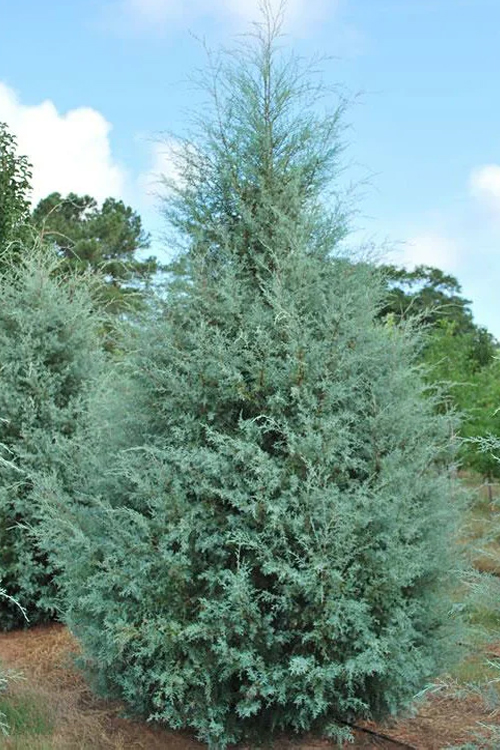 Carolina Sapphire Cypress
Carolina Sapphire Cypress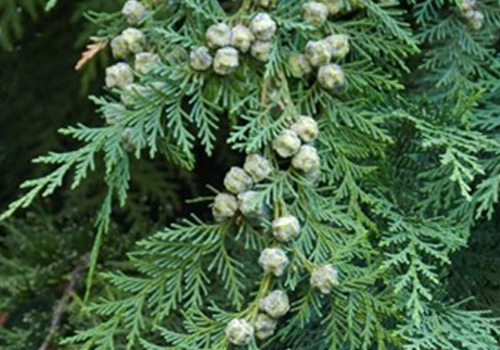
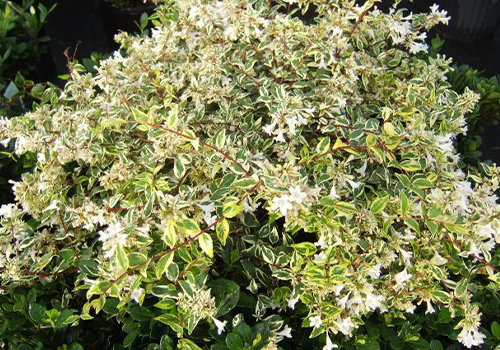 Radiance Abelia
Radiance Abelia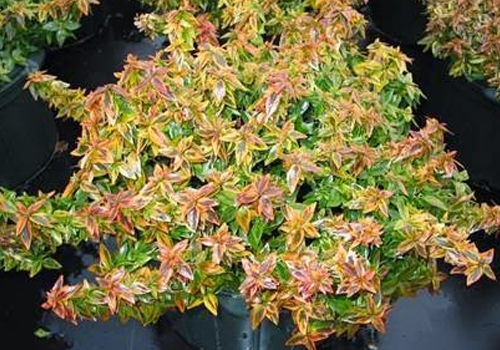 Kaleidoscope Abelia
Kaleidoscope Abelia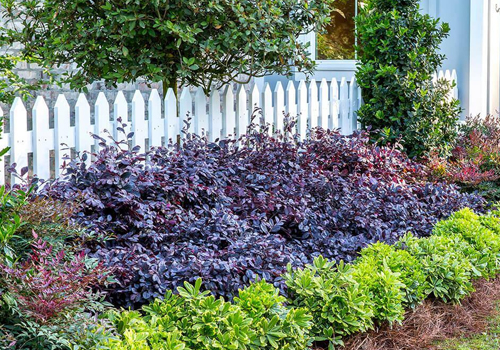 Loropetalum
Loropetalum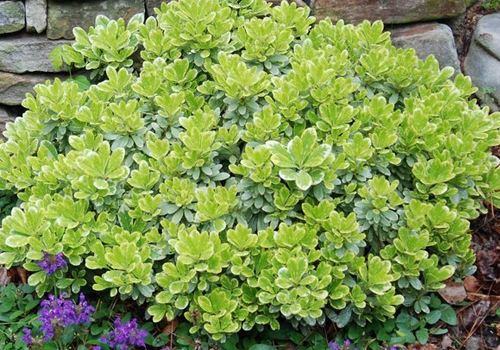 Mojo Dwarf Pittosporum
Mojo Dwarf Pittosporum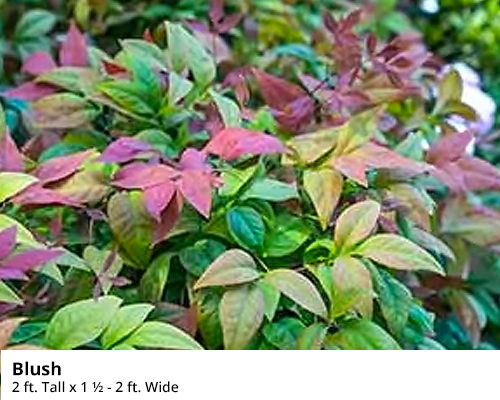
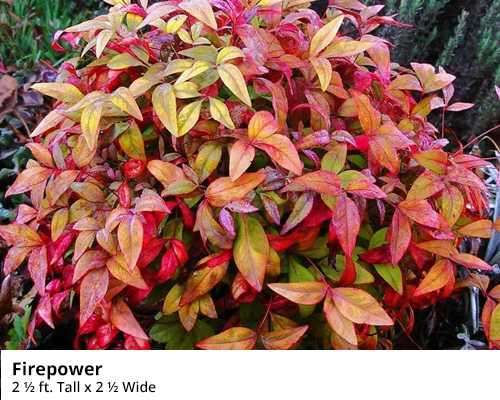
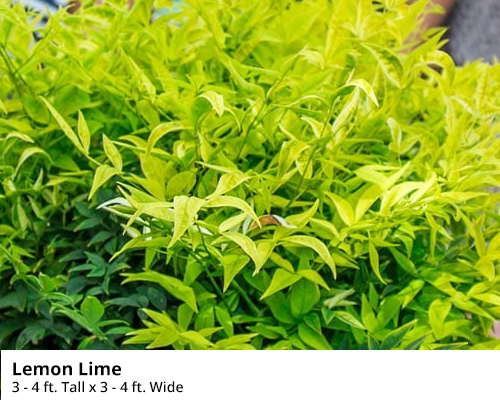
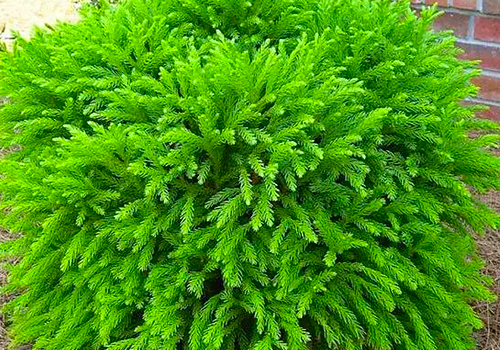 Cryptomeria ‘Globosa Nana’ AKA Japanese Cedar
Cryptomeria ‘Globosa Nana’ AKA Japanese Cedar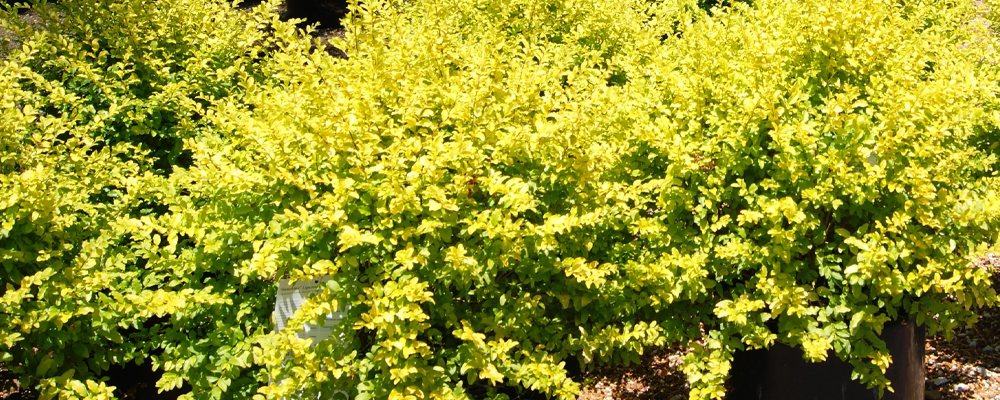
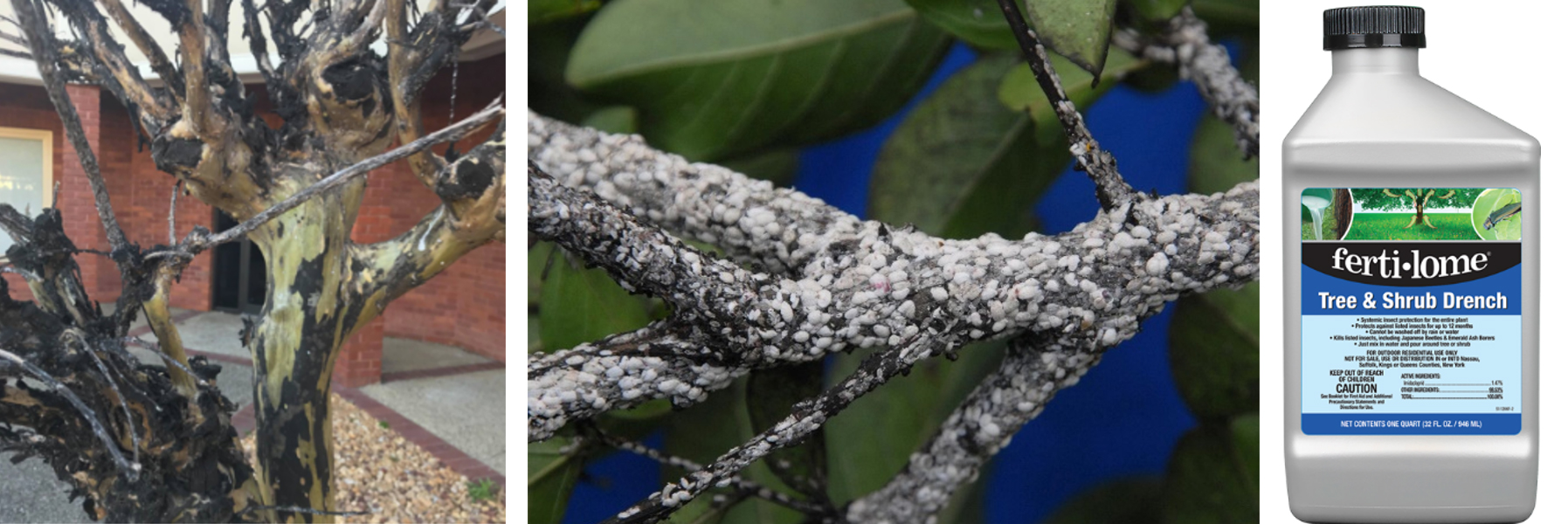 By Kathy Torres
By Kathy Torres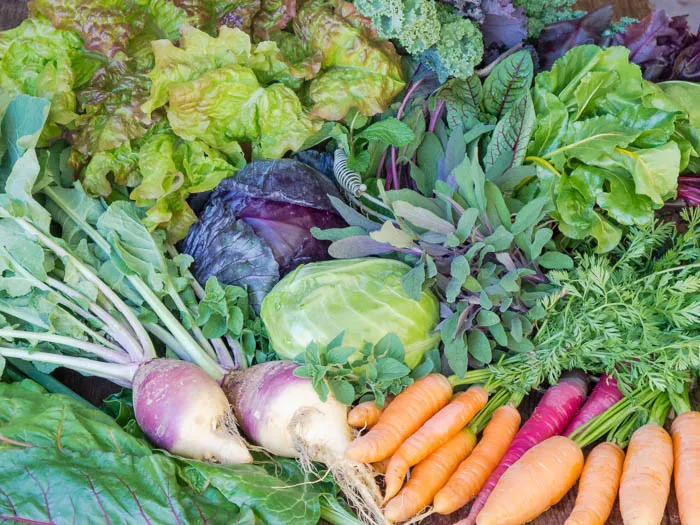
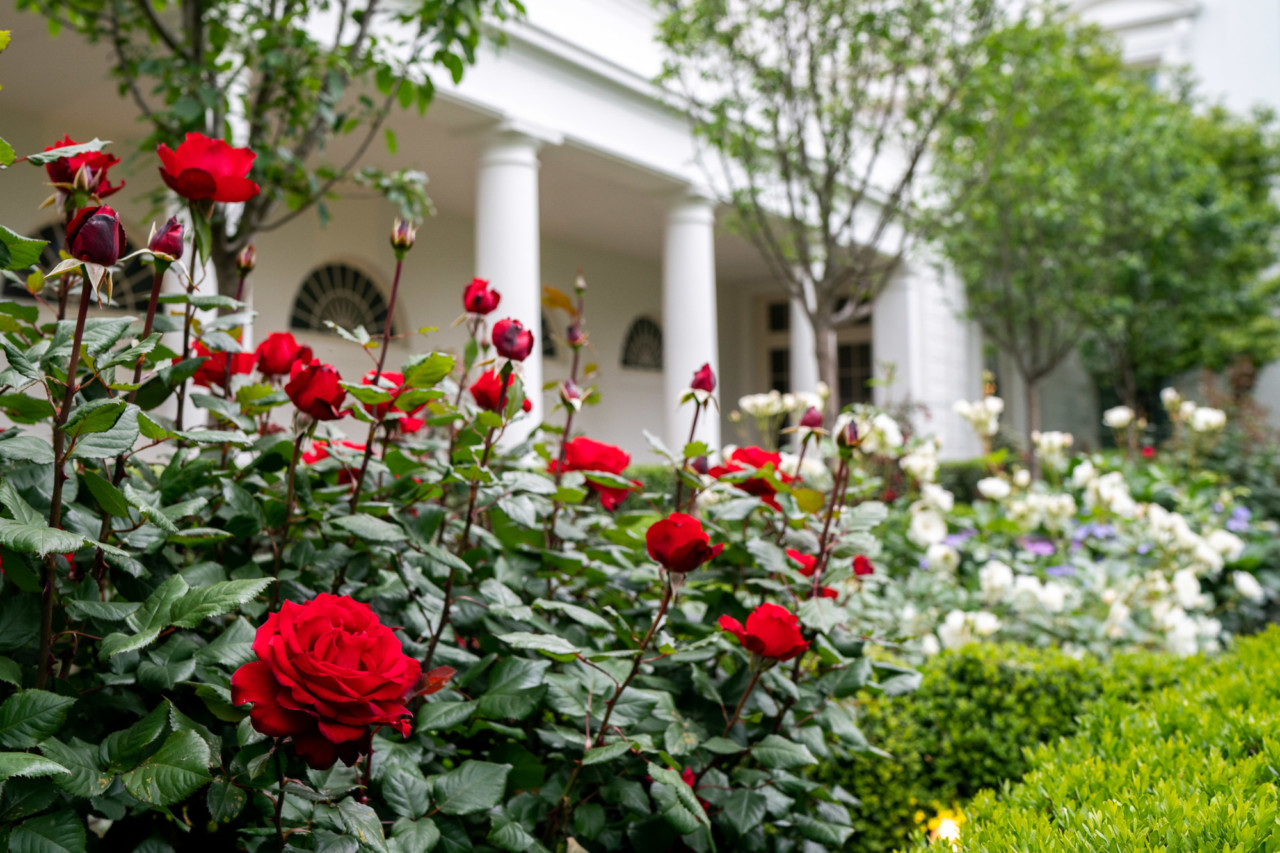
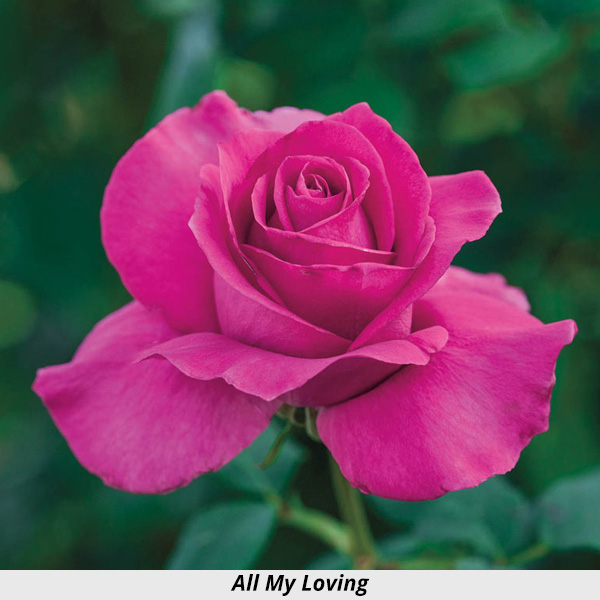
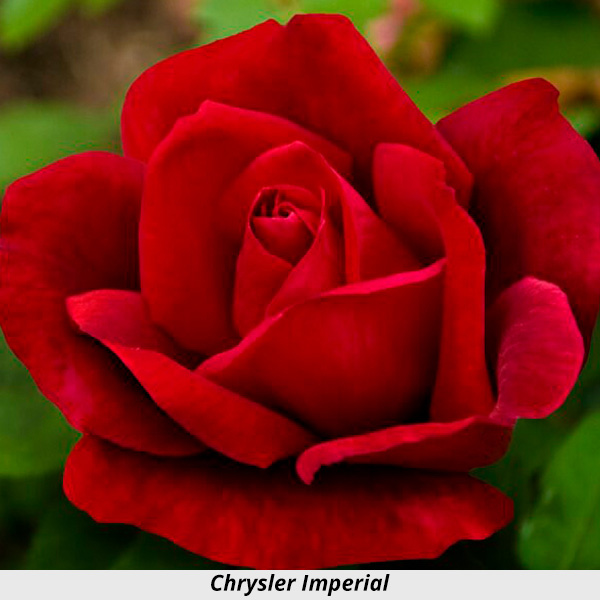
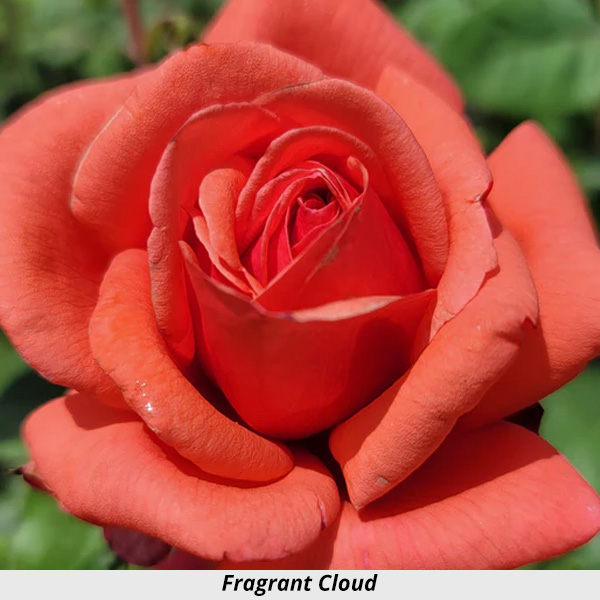
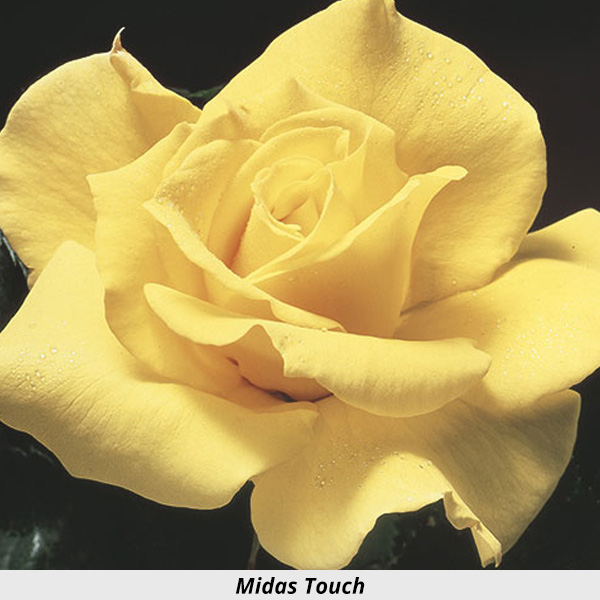
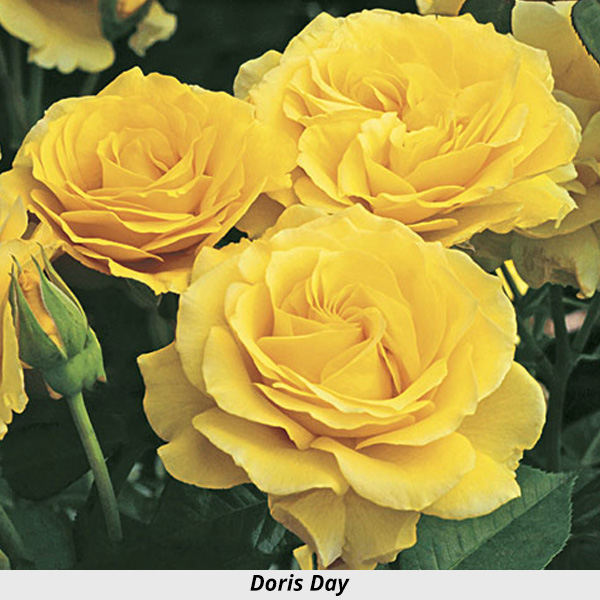
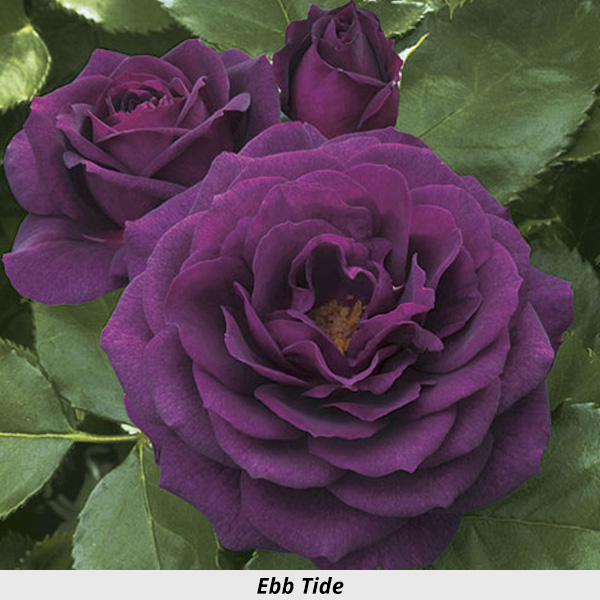
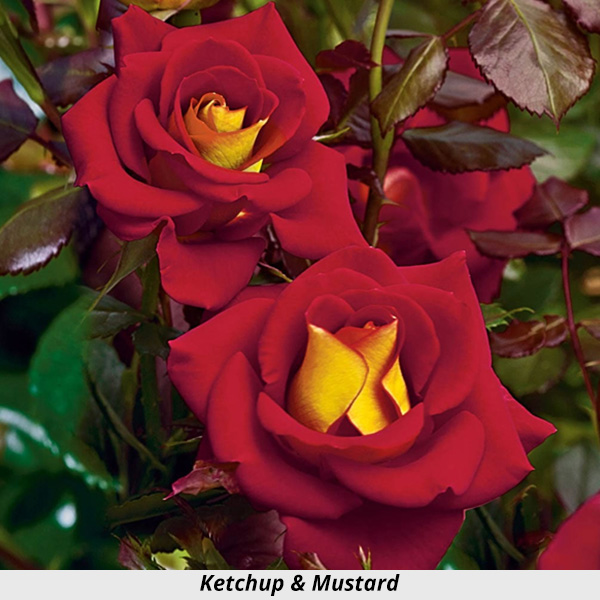
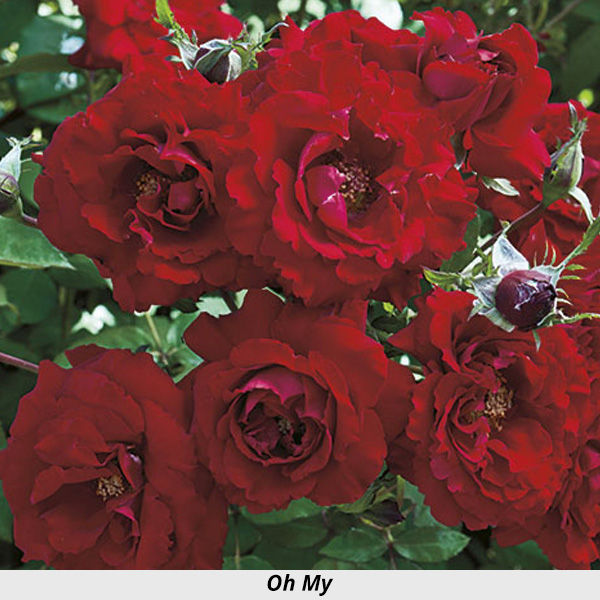
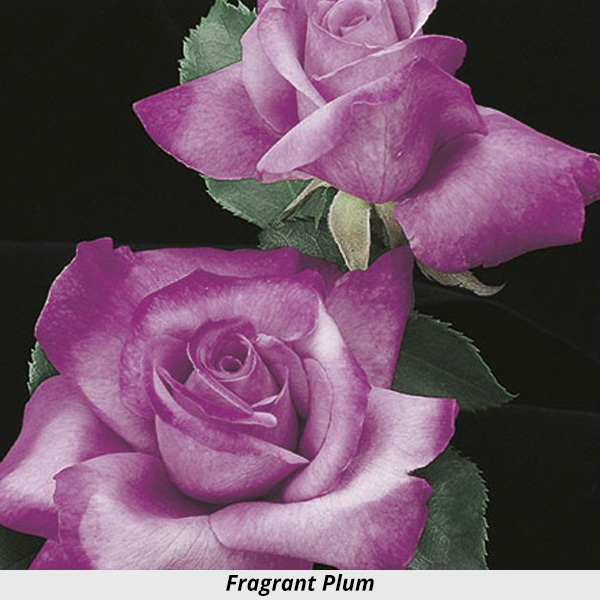
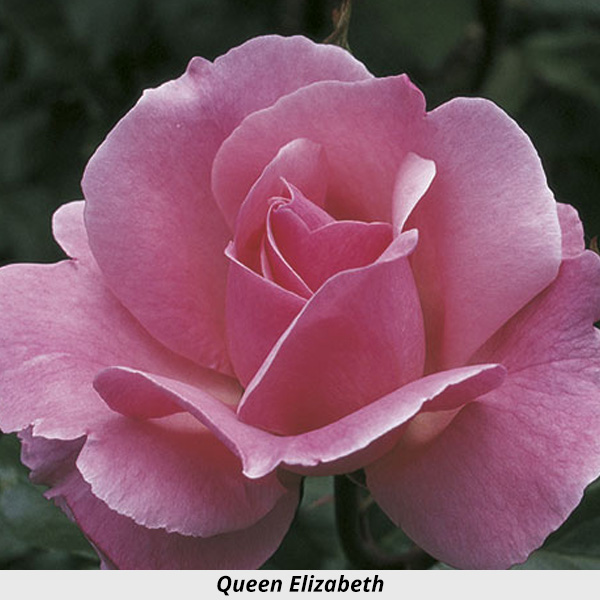
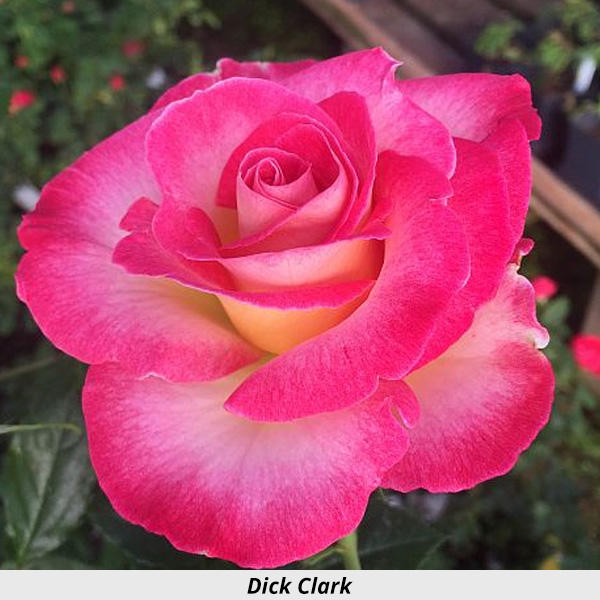
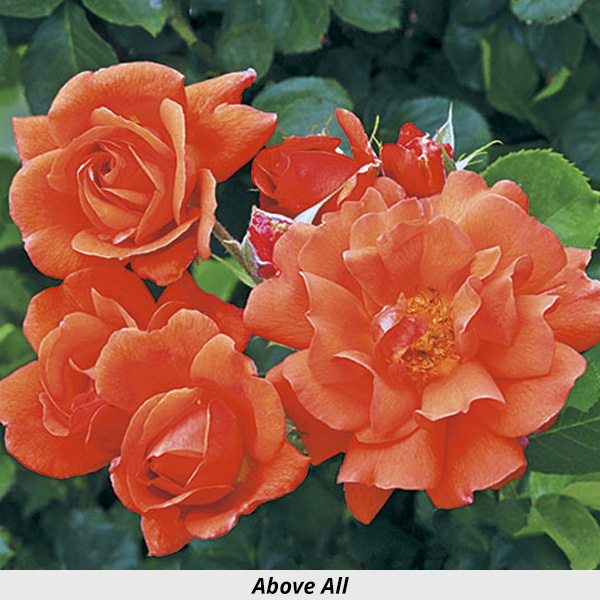
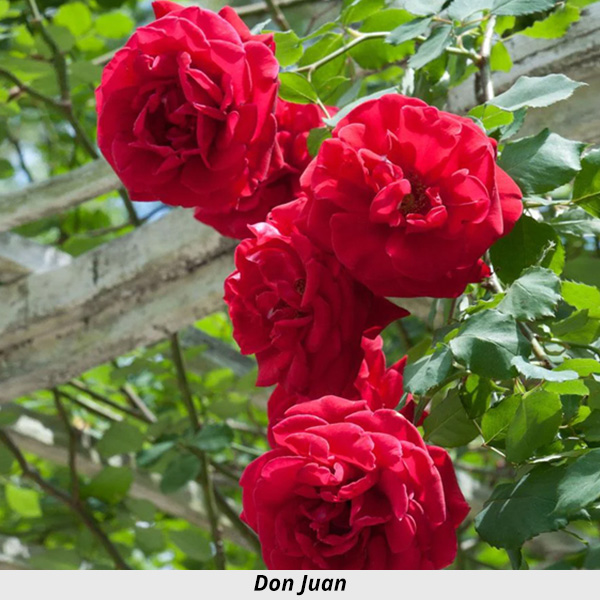
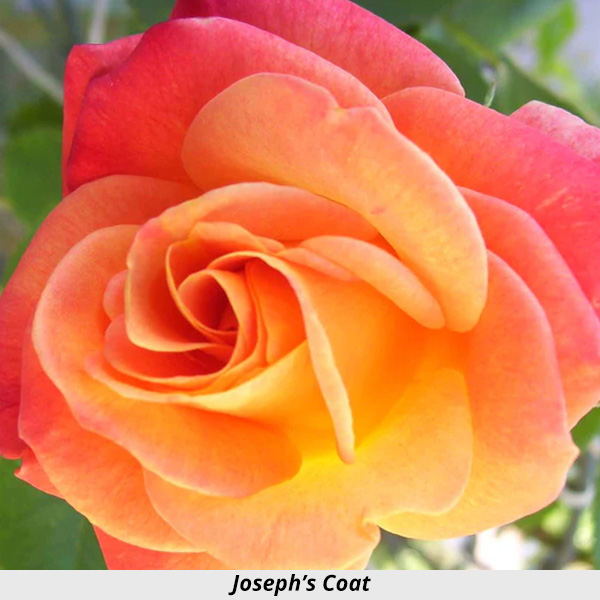
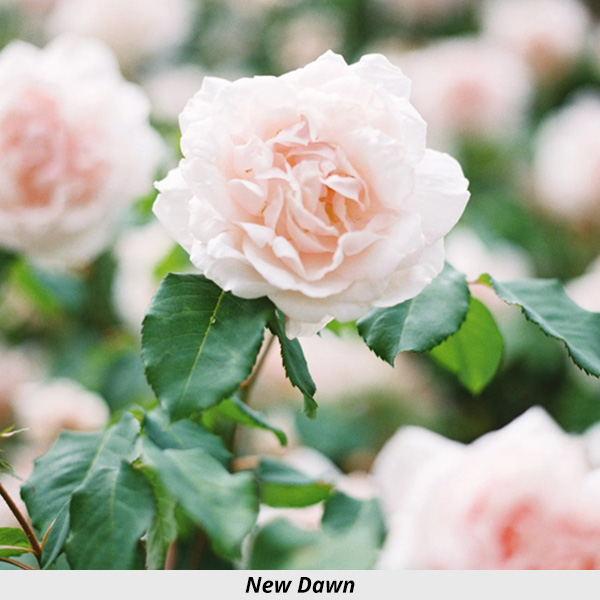
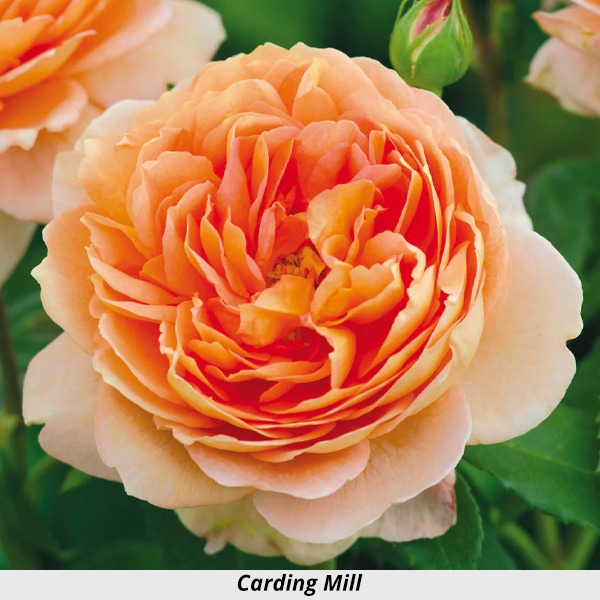
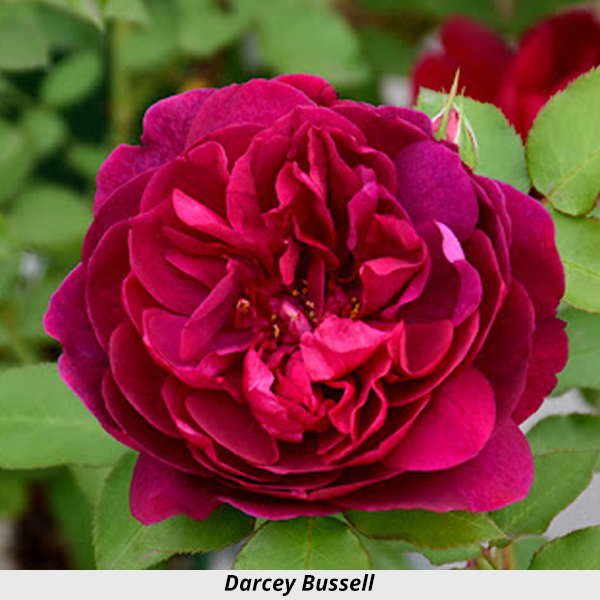
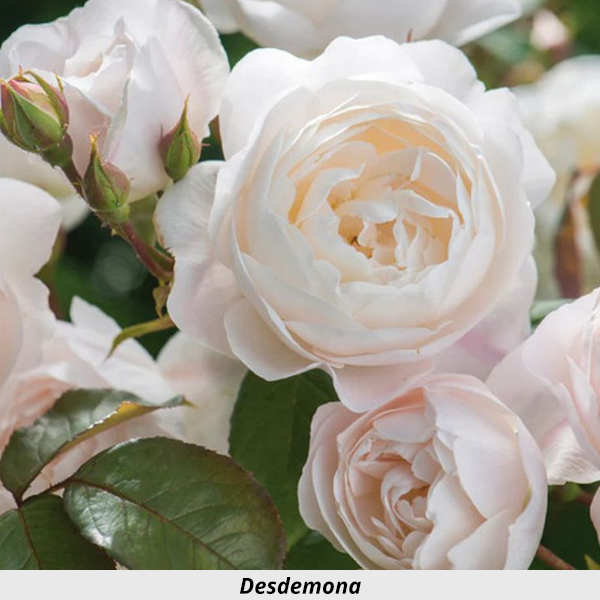
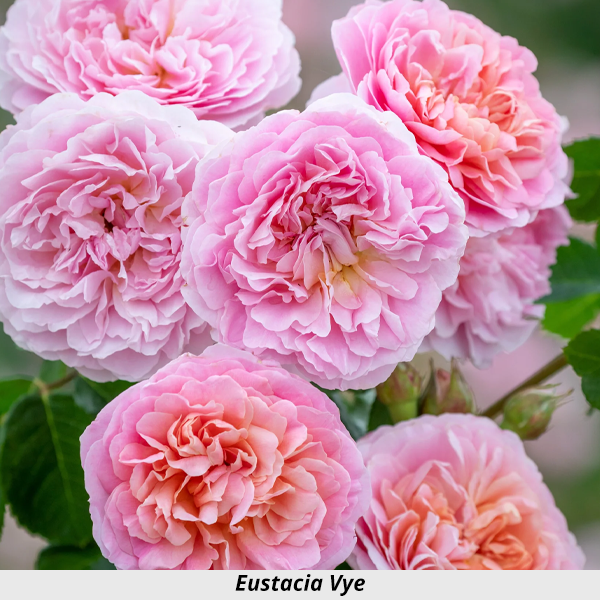
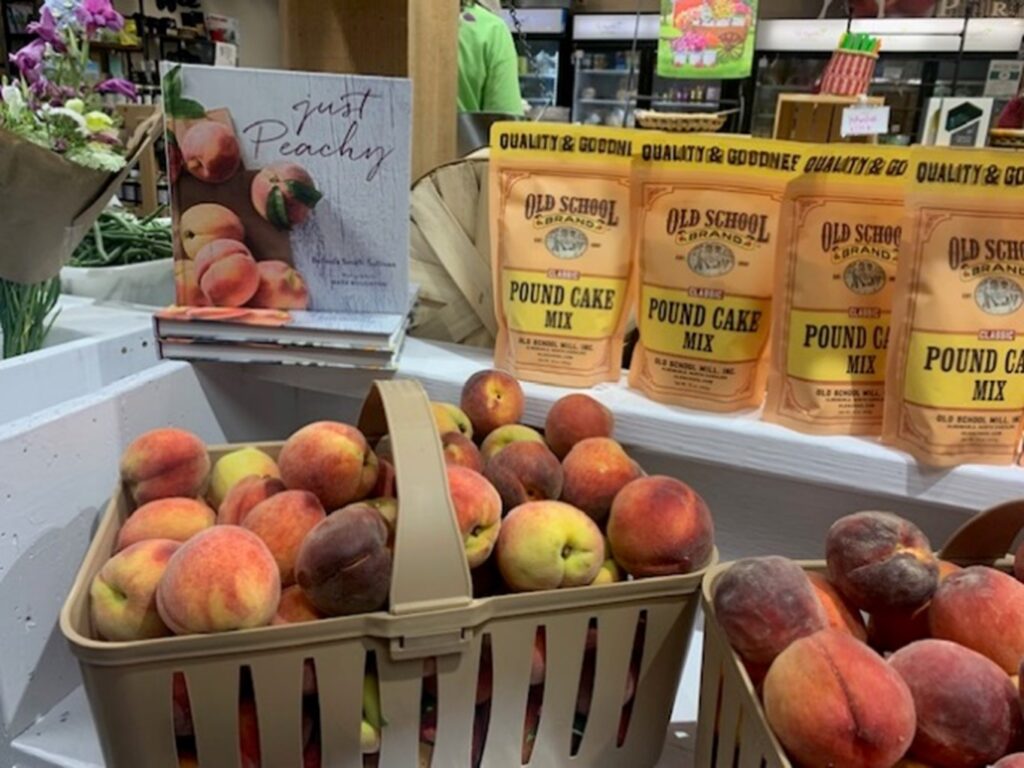
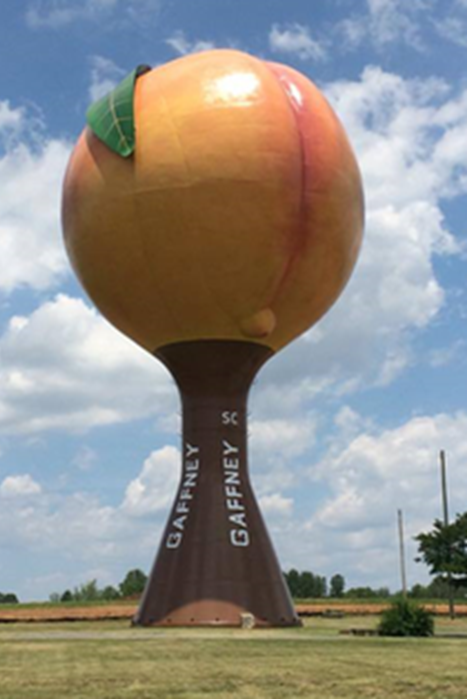 If you’re curious about this picture, and you’re not familiar, you are looking at the Peachoid. Located on Interstate 85 in Gaffney, South Carolina, the Peachoid is a 135 ft. water tower that holds 1 million gallons of water. The structure is hard to miss and symbolic of Gaffney, often referred to as “The Peach Capital of South Carolina.” For a few more details on the largest peach in the world, click
If you’re curious about this picture, and you’re not familiar, you are looking at the Peachoid. Located on Interstate 85 in Gaffney, South Carolina, the Peachoid is a 135 ft. water tower that holds 1 million gallons of water. The structure is hard to miss and symbolic of Gaffney, often referred to as “The Peach Capital of South Carolina.” For a few more details on the largest peach in the world, click 
 While 8-10 ft. is an average height for most privacy screening, 12-18 ft. or even higher (30-40 ft.) is attainable with several varieties and may be appropriate depending on the landscape. In a subdivision with ¼ acre lots, it’s unlikely that 30-foot Carolina Sapphire can be installed along the property line, however, it would work beautifully on a larger lot on the lake or in a more rural area. Note: A trick to raise the elevation of your plant screen is to build up the soil or “berm” the planting area. In areas of dense clay, this will also improve the ability of plants to establish a good root system.
While 8-10 ft. is an average height for most privacy screening, 12-18 ft. or even higher (30-40 ft.) is attainable with several varieties and may be appropriate depending on the landscape. In a subdivision with ¼ acre lots, it’s unlikely that 30-foot Carolina Sapphire can be installed along the property line, however, it would work beautifully on a larger lot on the lake or in a more rural area. Note: A trick to raise the elevation of your plant screen is to build up the soil or “berm” the planting area. In areas of dense clay, this will also improve the ability of plants to establish a good root system.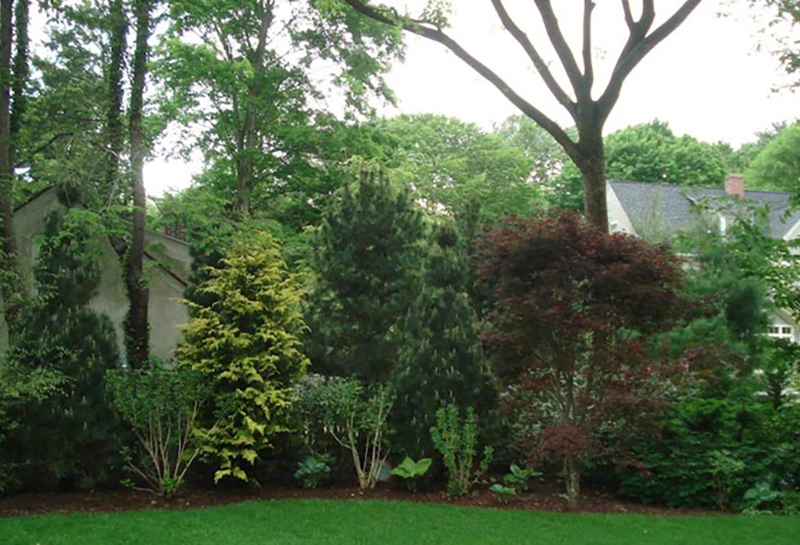 When considering a natural screen, it’s all about your vision for the area and the space you have available. Decide whether you prefer a continuous hedge of the same species, or a combination of different varieties. Keep in mind that a hedge can be natural or pruned. If you’re going for the “English Garden” look, feel free to prune to a box shape. Planting a combination of different specimens will create a more natural look and pruning should not be necessary, as long as plants do not crowd each other when full-grown. Again… It is critical to be aware of the mature height and width of every shrub or tree in your plan. Whether you choose a hedge or a combination of different plants, it’s simply a matter of preference.
When considering a natural screen, it’s all about your vision for the area and the space you have available. Decide whether you prefer a continuous hedge of the same species, or a combination of different varieties. Keep in mind that a hedge can be natural or pruned. If you’re going for the “English Garden” look, feel free to prune to a box shape. Planting a combination of different specimens will create a more natural look and pruning should not be necessary, as long as plants do not crowd each other when full-grown. Again… It is critical to be aware of the mature height and width of every shrub or tree in your plan. Whether you choose a hedge or a combination of different plants, it’s simply a matter of preference.
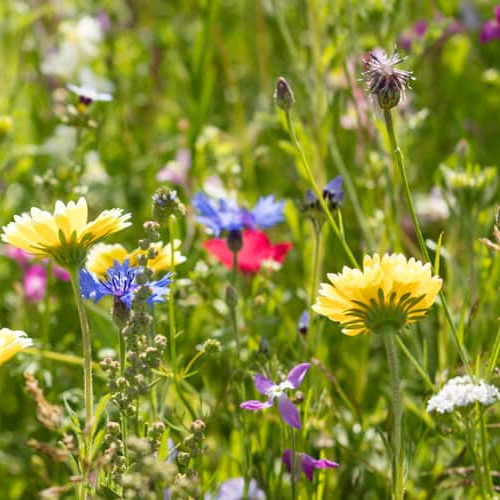
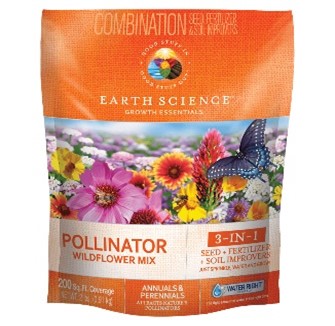 The Pollinator Mix: includes Annual Candytuft, Siberian Wallflower, Zinnia, Purple Coneflower, Rocket Larkspur and Lacy Phacelia.
The Pollinator Mix: includes Annual Candytuft, Siberian Wallflower, Zinnia, Purple Coneflower, Rocket Larkspur and Lacy Phacelia.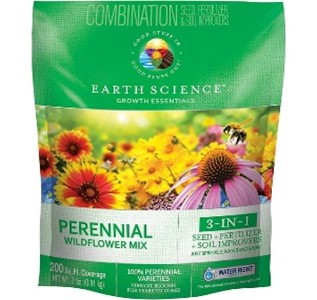 The Perennial Mix: assortment of Siberian Wallflower, Lance Leaved Coreopsis, Sweet William Pinks, Blue Flax, Dwarf Columbine, Shasta Daisy, Purple Coneflower, Blanketflower, Mexican Hat, and Black-Eyed Susan Fringed Pink.
The Perennial Mix: assortment of Siberian Wallflower, Lance Leaved Coreopsis, Sweet William Pinks, Blue Flax, Dwarf Columbine, Shasta Daisy, Purple Coneflower, Blanketflower, Mexican Hat, and Black-Eyed Susan Fringed Pink.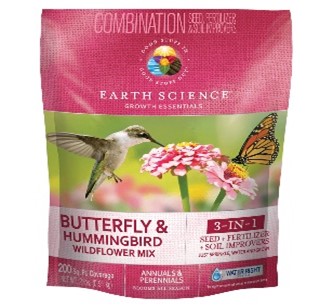 Butterfly & Hummingbird Mix: includes Zinnia, Cosmos, Shasta Daisy, Sweet William and Black-Eyed Susan.
Butterfly & Hummingbird Mix: includes Zinnia, Cosmos, Shasta Daisy, Sweet William and Black-Eyed Susan.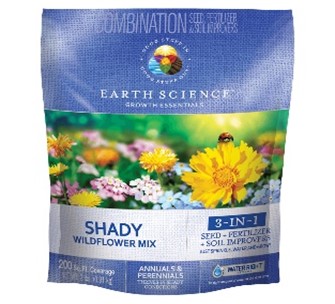 Shady Mix: blend of 11 wildflower species, including Annual Baby’s Breath, Annual Candytuft, Purple Coneflower, Corn Poppy and Johnny Jump-Up.
Shady Mix: blend of 11 wildflower species, including Annual Baby’s Breath, Annual Candytuft, Purple Coneflower, Corn Poppy and Johnny Jump-Up.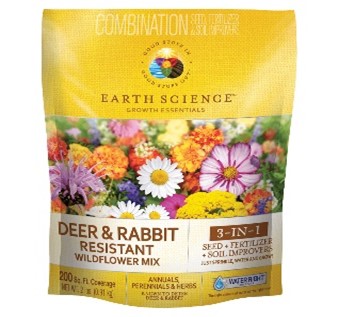 Deer & Rabbit Resistant Mix: assortment of 10 flower and herb varieties known to be resistant to damage by deer and rabbits, including Shasta Daisy, Perennial Lupine, Black-Eyed Susan and Gold Yarrow.
Deer & Rabbit Resistant Mix: assortment of 10 flower and herb varieties known to be resistant to damage by deer and rabbits, including Shasta Daisy, Perennial Lupine, Black-Eyed Susan and Gold Yarrow.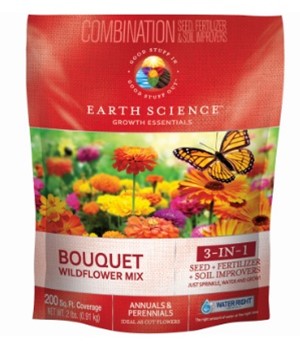 Bouquet Mix: blend of 9 wildflower species, including Cosmos, Rocket Larkspur, Zinnia, and Shasta Daisy.
Bouquet Mix: blend of 9 wildflower species, including Cosmos, Rocket Larkspur, Zinnia, and Shasta Daisy.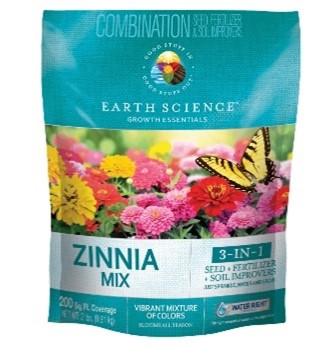 Zinnia Mix: features colorful Zinnia’s in shades of orange, pink, purple, red, white and yellow. (Non-native, but butterflies love them!)
Zinnia Mix: features colorful Zinnia’s in shades of orange, pink, purple, red, white and yellow. (Non-native, but butterflies love them!)